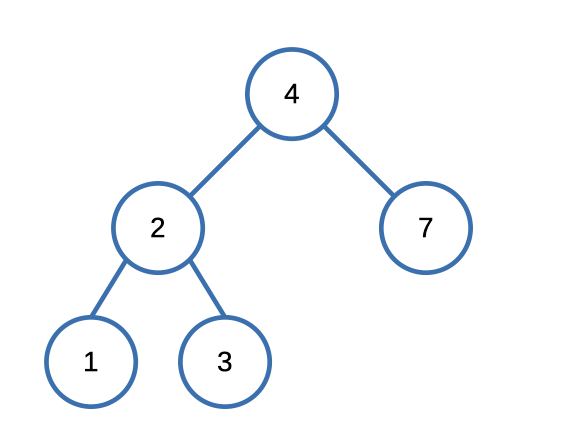LeetCode: 700. Search in a Binary Search Tree
The Problem
You are given the root of a binary search tree (BST) and an integer val.
Find the node in the BST that the node's value equals val and return the subtree rooted with that node. If such a node does not exist, return null.
Example

Input: [4,2,7,1,3], val = 2
Output: [2,1,3]Constraints:
- The number of nodes in the tree is in the range
[1, 5000]. 1 <= Node.val <= 107rootis a binary search tree.1 <= val <= 107
Solution
We opted for a recursive approach to tackle this problem, and upon evaluating our solution on the LeetCode platform, we achieved the following outcome:

Here's the code that led us to this result.
TreeNode* searchBST(TreeNode* root, int val) {
if (root == nullptr) return nullptr;
if (root->val == val) return root;
TreeNode* left = searchBST(root->left, val);
if(left != nullptr) return left;
return searchBST(root->right, val);
}🧠
Github with all the solution including test cases.
This code is a recursive function that searches for a specific value in a Binary Search Tree (BST) and returns the node that contains that value. Let's break it down step by step:
- The function takes two inputs: a pointer to the root of the current subtree (
TreeNode* root) and the value you're searching for (int val). - The function starts by checking if the
rootis a null pointer, which means we've reached the end of the current branch and haven't found the value. In that case, the function returns a null pointer, indicating that the value was not found in the current subtree. - If the
root's value (root->val) is equal to the value we're searching for (val), then we've found the node containing the value. In this case, the function immediately returns the pointer to the currentrootnode. - If the value we're searching for is not found at the current
root, the function continues searching. It first calls itself recursively on the left subtree (root->left) and stores the result in theleftvariable. This recursive call searches the left subtree for the value. - After the recursive call, the function checks if the
leftnode is not a null pointer. If it's not null, this means the value was found in the left subtree, and the function returns theleftnode immediately. This is done to ensure that the function returns the correct node that contains the value. - If the
leftnode is null (meaning the value was not found in the left subtree), the function then calls itself recursively on the right subtree (root->right) to search for the value in the right subtree. - The final return statement is reached only if the value is not found in the current subtree (
rootis not null), nor in the left subtree (leftis null), and also not in the right subtree. In this case, the function will return a null pointer to indicate that the value was not found in the entire BST.
